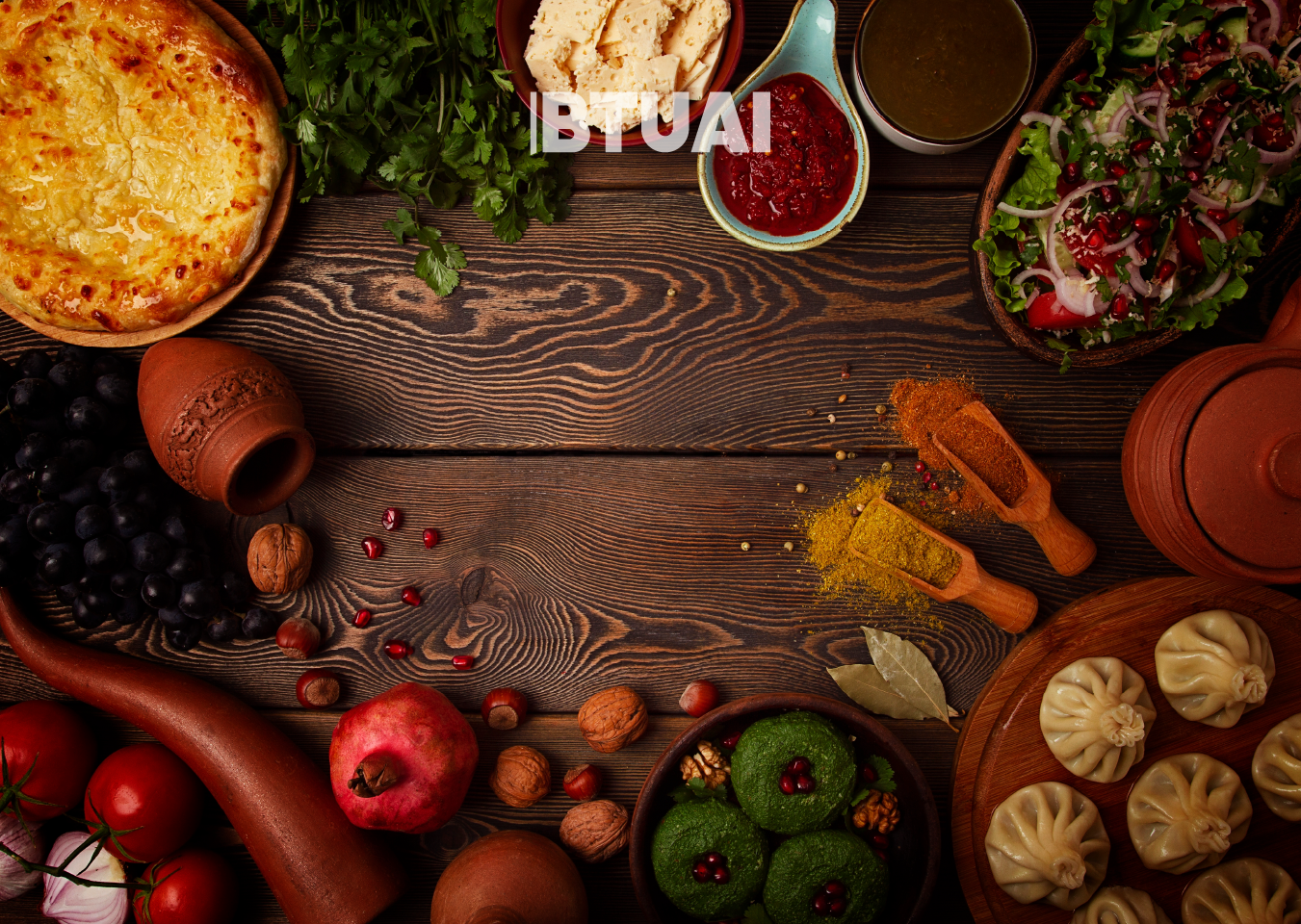The Impact of Inflation on Georgians’ Favorite Dishes
In Georgia, where gastronomy is an integral part of culture and cuisine is a key attraction for tourism, changes

In Georgia, where gastronomy is an integral part of culture and cuisine is a key attraction for tourism, changes in prices are highly significant. According to the latest data from “Sakstat” published in February 2025, interesting trends are emerging — especially when it comes to everyone’s favorite dishes.
Overall, restaurant prices have increased by only 3.94% compared to the same period last year. But when looking at individual dishes, the numbers are much more impressive. For instance, the most significant price increase occurred with khinkali. The price of this staple of the Georgian table rose by nearly 14% in restaurants over the course of a year, meaning each piece of khinkali now costs Georgians more than before.
What’s even more concerning is that the rise in khinkali prices is directly linked to the increase in the cost of its ingredients. According to the statistics, the price of one of the main ingredients, ground beef, increased by 2.5%, while beef itself rose by 2.37%. However, the most dramatic change occurred with greens, which became nearly 46% more expensive, posing a significant challenge not only for khinkali but also for nearly all traditional dishes. Additionally, onions became 8.52% more expensive, and flour prices rose by 1.76%. However, there is some good news – the price of pork decreased by 3.61%, which may affect other meat dishes and somewhat balance the overall picture.
Besides khinkali, another iconic Georgian dish – khachapuri – has also become more expensive. The price increase here is also evident: khachapuri in cafes became almost 3% more expensive, while bakery prices rose even more sharply, by 4.09%. Interestingly, another popular member of the traditional Georgian culinary trio – beer – also saw a significant increase. Prices in bars rose by 9.18%, which will likely concern many consumers. Coffee lovers were also not spared: coffee prices in cafes increased by 6.29%, providing yet another clear example of the overall cost of living rising in the country.
Given that the annual inflation rate in Georgia was 2.4% in February 2025, these figures appear even more striking. The price increases for individual products significantly exceed general inflation, leading economists to believe that the reasons behind these increases are not only general inflationary processes but also specific problems within the local market – such as supply chain issues for greens, which particularly impacted prices.
This kind of price increase has a considerable impact on the economic landscape. Georgia, which is one of the most popular tourist destinations, may soon see how this affects tourist spending since the cost of local cuisine is a critical factor for the tourism industry. Analysts predict that if this trend continues, the restaurant business may be forced to raise prices even further or alternatively reduce portion sizes or quality to maintain profitability.
In this context, it’s clear that the price of the Georgian table, once known for its affordability, is gradually increasing, putting more pressure on the wallets of ordinary citizens. It will be interesting to see how restaurant businesses and consumers adapt to the new reality, where the cost of beloved dishes continues to rise.




